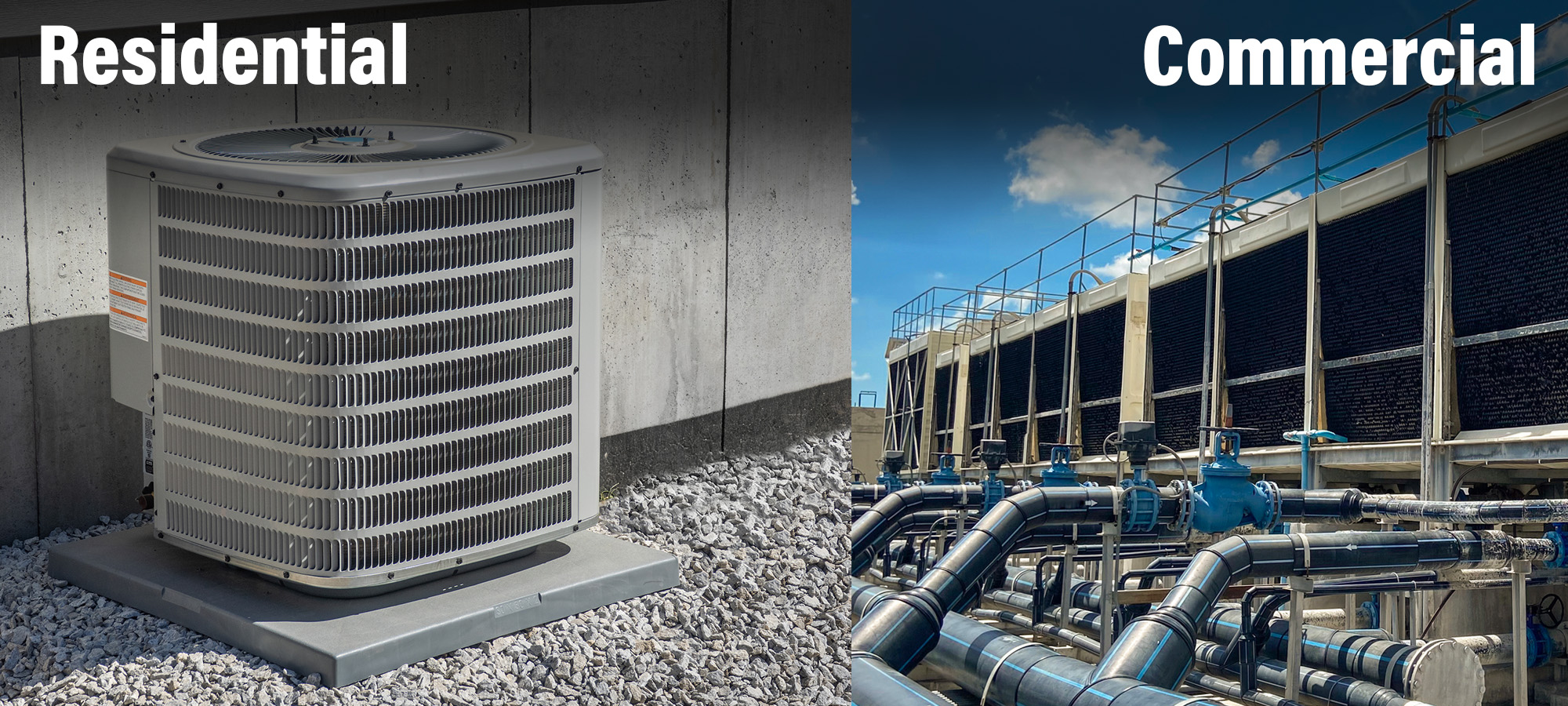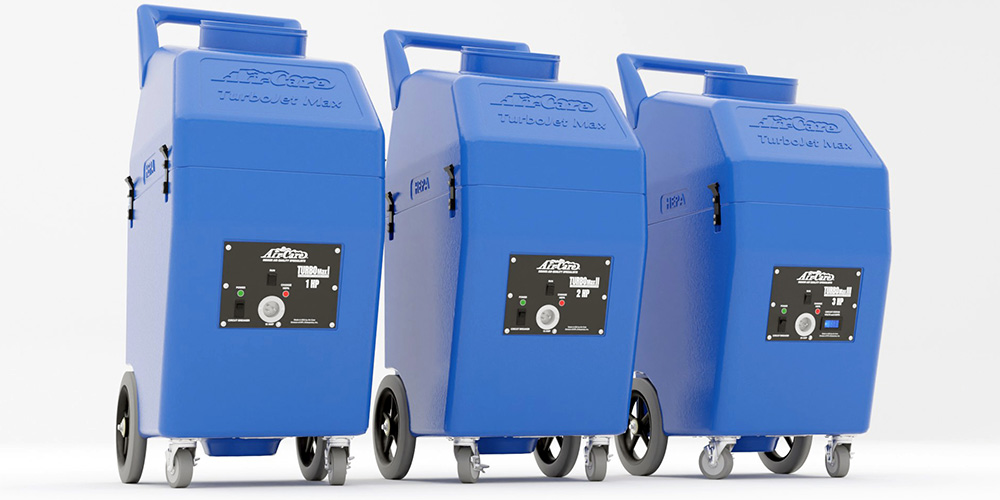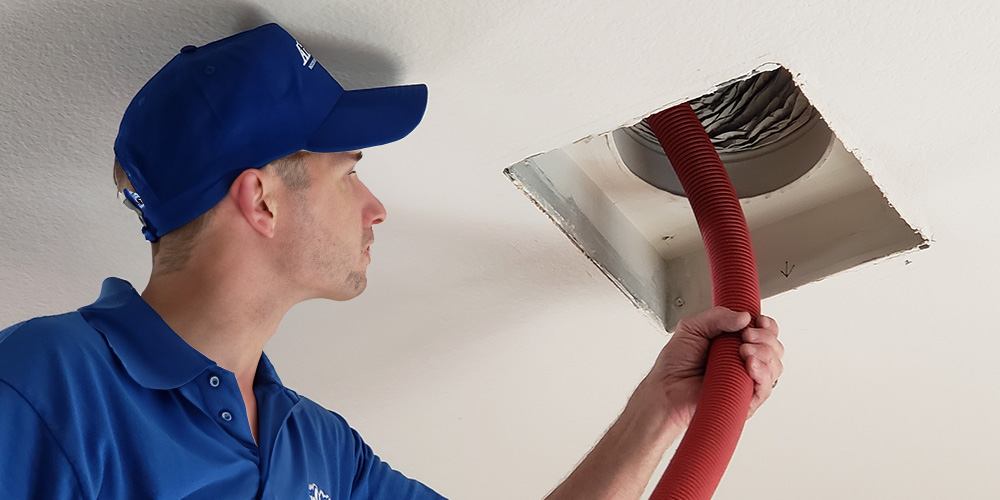

Understanding the Differences Between Residential and Commercial Air Duct Cleaning
Differences between residential and commercial air duct cleaning are sometimes major, sometimes minor. Air duct cleaning is crucial for maintaining healthy indoor air quality and efficient HVAC systems. While both residential and commercial air duct cleaning aim to remove contaminants from the ductwork, there are significant differences between the two. This guide will help you understand these differences, making it easier to approach each type of cleaning with the right knowledge and tools.

Scale and Complexity
Residential Air Duct Cleaning
- Scale: Residential systems are typically smaller and serve individual homes or small buildings.
- Complexity: These systems are usually less complex, with straightforward duct layouts. The air handling units are often compact and located in easily accessible areas like basements, attics, or closets.
- Components: Residential systems generally include a single air handler, a furnace or air conditioner, and ductwork that distributes air to various rooms.
Commercial Air Duct Cleaning
- Scale: Commercial systems are much larger and serve larger buildings such as office complexes, hospitals, schools, and industrial facilities.
- Complexity: Commercial systems are more complex, with extensive ductwork and multiple air handling units. They often include additional components like cooling towers, chillers, and boilers.
- Components: Commercial systems might have several air handlers, split systems, and package units spread across the building, often requiring access to rooftops or mechanical rooms.

Types of Contaminants
Residential Air Duct Cleaning
- Common Contaminants: Dust, pet dander, pollen, mold spores, and household debris are typical in residential ducts. These contaminants mainly affect indoor air quality and can trigger allergies and respiratory issues.
- Sources: Contaminants often come from everyday activities, pets, and external pollutants entering the home.
Commercial Air Duct Cleaning
- Common Contaminants: Besides dust and pollen, commercial ducts may contain industrial pollutants, chemical residues, and higher levels of mold and bacteria due to larger and more diverse environments.
- Sources: Contaminants can come from industrial processes, high foot traffic, commercial cleaning activities, and varying outdoor air quality.

Equipment and Tools
Residential Air Duct Cleaning
- Basic Equipment: Residential cleaning typically involves portable equipment such as handheld vacuums, rotary brushes, and air whips. Machines like the TurboMax 1, Ductmaster and Vent Vac are commonly used for their strong suction and effective cleaning capabilities.
- Access Tools: Access is usually straightforward, requiring minimal cutting or drilling into ductwork. Tools like electric shears and drills are occasionally used to create access points.
Commercial Air Duct Cleaning
- Advanced Equipment: Commercial cleaning requires more powerful and specialized equipment, such as negative air machines like the TurboMax 2-1.5 or TurboMax 3. These machines create strong negative pressure to remove contaminants effectively.
- Access Tools: Due to the complexity and size of commercial systems, cutting access holes in ductwork is often necessary. Tools like electric shears and specialized drills are used, and technicians must also patch these access points securely after cleaning.

Cleaning Methods
Residential Air Duct Cleaning
- Methods: The most common methods include contact cleaning with brushes and whips and vacuum extraction. The process typically involves accessing the main trunk lines and branch lines to remove accumulated debris.
- Frequency: Residential duct cleaning is usually recommended every 3 to 5 years, depending on factors like the presence of pets, allergies, and local air quality.
Commercial Air Duct Cleaning
- Methods: In commercial settings, negative air cleaning is often used. This method involves creating negative pressure within the ductwork to suck out contaminants. Brushes, whips, and high-powered vacuums are used extensively. Systems like the TurboMax are specifically designed for this purpose.
- Frequency: Due to higher contamination levels and more complex systems, commercial ducts may require more frequent cleaning. Annual inspections and cleanings are often recommended, especially in high-traffic or industrial environments.
Challenges and Considerations
Residential Air Duct Cleaning
- Challenges: Accessing tight spaces and dealing with household clutter can be challenging. Ensuring thorough cleaning without damaging the ductwork or displacing contaminants into the living space is crucial.
- Considerations: Homeowners’ concerns about indoor air quality, noise, and disruption during cleaning must be addressed.
Commercial Air Duct Cleaning
- Challenges: Navigating large, complex systems and coordinating with building managers to minimize disruption are significant challenges. Ensuring compliance with safety regulations and maintaining efficiency across vast networks of ductwork is critical.
- Considerations: Commercial projects often require detailed planning, including pre-quote inspections and coordination with facility engineers.
Conclusion
Understanding the differences between residential and commercial air duct cleaning is essential for delivering effective services in each context. Residential cleaning focuses on improving indoor air quality in homes, while commercial cleaning addresses the needs of larger, more complex systems in various commercial settings. With the right tools, methods, and knowledge, you can ensure clean and efficient air ducts in any environment.


